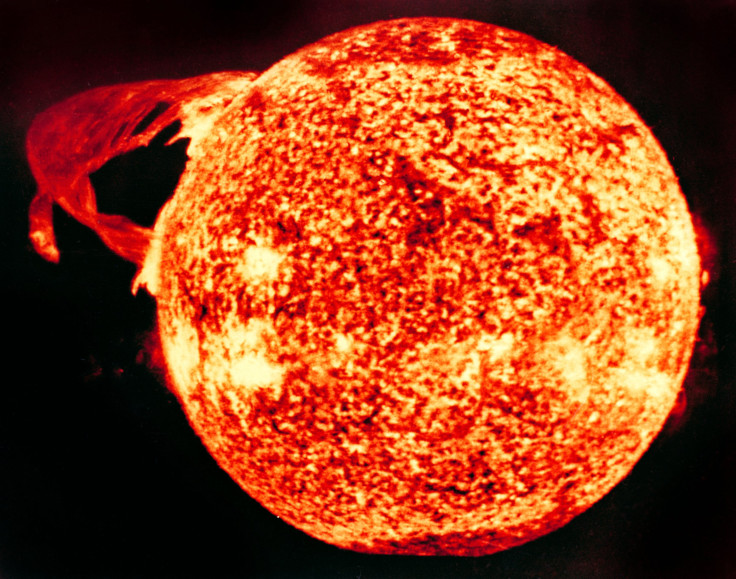NASA Warns Violent Explosions On Sun’s Surface Will Increase

NASA warned that the Sun’s solar minimum cycle is about the end, which would lead to more violent and frequent solar eruptions in the coming years. These could cause large coronal mass ejections that are capable of paralyzing Earth’s technology.
According to NASA, the Sun is still in its solar minimum phase. During this time, solar activity is pretty low and sunspots and solar flares do not happen regularly. However, the space agency noted that the current phase, which cycles every 11 years, is about to end soon.
Once the period of solar minimum ends, NASA expects to see more frequent eruptions on the Sun’s surface, which are referred to as prominences. These are the large gaseous loops that extend outward from the Sun’s surface.
“After our Sun passes the current solar minimum, solar activity, like eruptive prominences are expected to become more common over the next few years,” NASA said in a statement.
The space agency noted that prominences vary in size. In 2011, NASA was able to capture an impressively large prominence in a time-lapse video. According to the space agency, the eruption was so large that Earth could fit inside the loop that it formed.
Although prominences do not pose a direct threat to Earth since they usually do not break off from the Sun’s surface, NASA believes that there could be powerful ones that can cause coronal mass ejections. These ejections are bursts of hot gas or plasma. They are accompanied by the magnetic fields produced by the solar corona.
Coronal mass ejections are known to travel across space and reach nearby planets. If one manages to hit Earth, the effects could be devastating.
Like solar flares, coronal mass ejections are also capable of disrupting radio and electrical transmissions. This means Earth’s entire electrical and communication grids could get disabled following a direct hit from a coronal mass ejection.
For cosmological researcher Randall Carlson, this type of event could deliver a serious blow to modern society.
“This would mean that large portions of the planet could be plunged into total darkness, with no electricity and no means of communication,” he told RT. “For portions of the Earth, it would be like going back to the dark ages again because we became so dependent.”
© Copyright IBTimes 2024. All rights reserved.





















